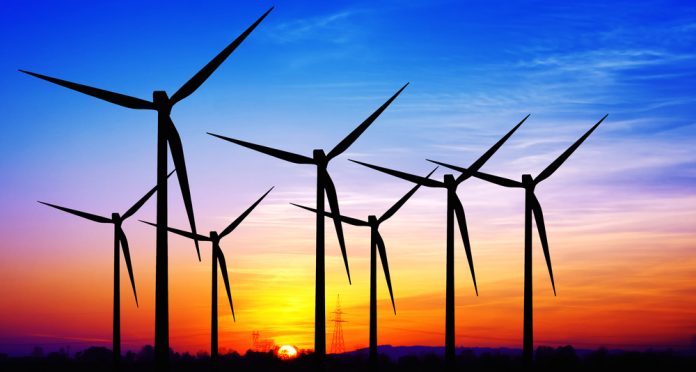by Muhammad Asif Noor
Less than five months remain before the ‘Expo 2017: Future Energy’ opens in Astana, Kazakhstan.
The ‘future energy’ theme is meant to highlight the ‘future of energy but also innovative and practical energy solutions and their global impact’. It also aims at creating a global debate between countries, groups, NGOs, companies, and the general public on the crucial aspect of ensuring safe and sustainable access to energy for all.
112 countries and 18 international organisations have officially confirmed their participation in the exhibition, and 2-3 million people are expected to participate in this event from June to September 2017.
According to Kazakh President Nursultan Nazarbayev, “Nowadays Kazakhstan is known for many things – being a major energy state, as the leading country for the extraction of uranium ore, as a wheat exporter, and as the owner of vast natural resources. But now we need to show a new Kazakhstan that looks to the future”.
The selection of Kazakhstan, which is an energy resource rich country, gives recognition to the commitment of Kazakhstan for adhering to and implementation of the Green Bridge and Atom Project initiatives. They also reflect a political and diplomatic victory for Kazakhstan.
“The expo is a good anti-crisis project,” said Expo Chairman Akhmetzhan Yesimov. “We have proved this with concrete figures and facts. We have signed cooperation memoranda with the mayors of all of Kazakhstan’s regions to support domestic producers. As a result, we have attracted 322 domestic producers, signed contracts worth a total of 150 million USD, and the project has allowed the creation and saving of around 50 thousand workplaces throughout Kazakhstan. In addition, we have attracted 126 million Euros in sponsorships, as well as 600 million USD in investment.
It is difficult to disagree with him.
The Pacific Alliance states (Chile, Mexico, Peru, Colombia and Barbados) have confirmed their participation in the exhibition. They are actively exploring the possibility of widespread use of renewable energy sources. For example, in Chile, which once had a large mining industry, solar and wind energy is being used increasingly. Despite the great potential of hydropower resources, significant reserves of natural gas and condensate in Peru, the field of solar, wind and geothermal energy is being developed. Colombia, the country that produced its own solar car, has a significant potential for the development of energy alternatives. Mexico, being one of the oil-producing countries, is also actively searching for new forms of energy.
According to Secretary General of the BIE (Bureau of International Expositions) Vicente Loscertales – “guests of the exhibition would be surprised by main three discoveries: That Kazakhstan is a fantastic country, that Astana is a miracle in the middle of the steppe, and that the expo is such a successful and wonderful event”.
In general, Kazakhstan has done a well in the preceding year. 130 international pavilions were built, and the Centre of Public Communications will be built within one month, where the Unified Service Centre, Accreditation Centre, and Media Centre will be placed.
After examining the built infrastructure, Kazakh leader Nursultan Nazarbayev said, “We need to use maximally new and innovative technologies that will be demonstrated at the exhibition.”
Among other countries, Pakistan will also be participating in the expo. Last year a statement by the Trade Development Authority of Pakistan (TDAP) said that the Secretary of TDAP had signed an agreement to participate in Astana Expo-2017. This agreement was signed during the International Participant Meeting held in Astana.
The writer is Chief Coordinator of the Pak-SCO Business Council.
























